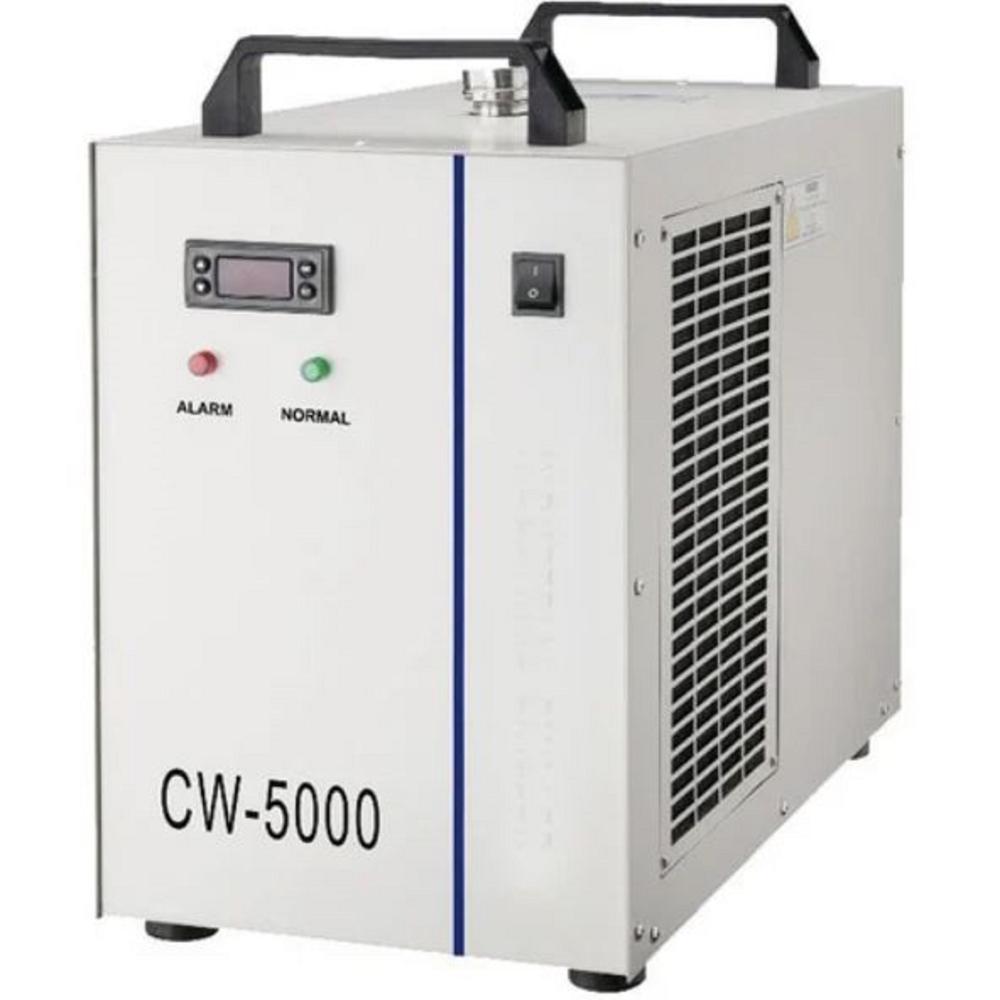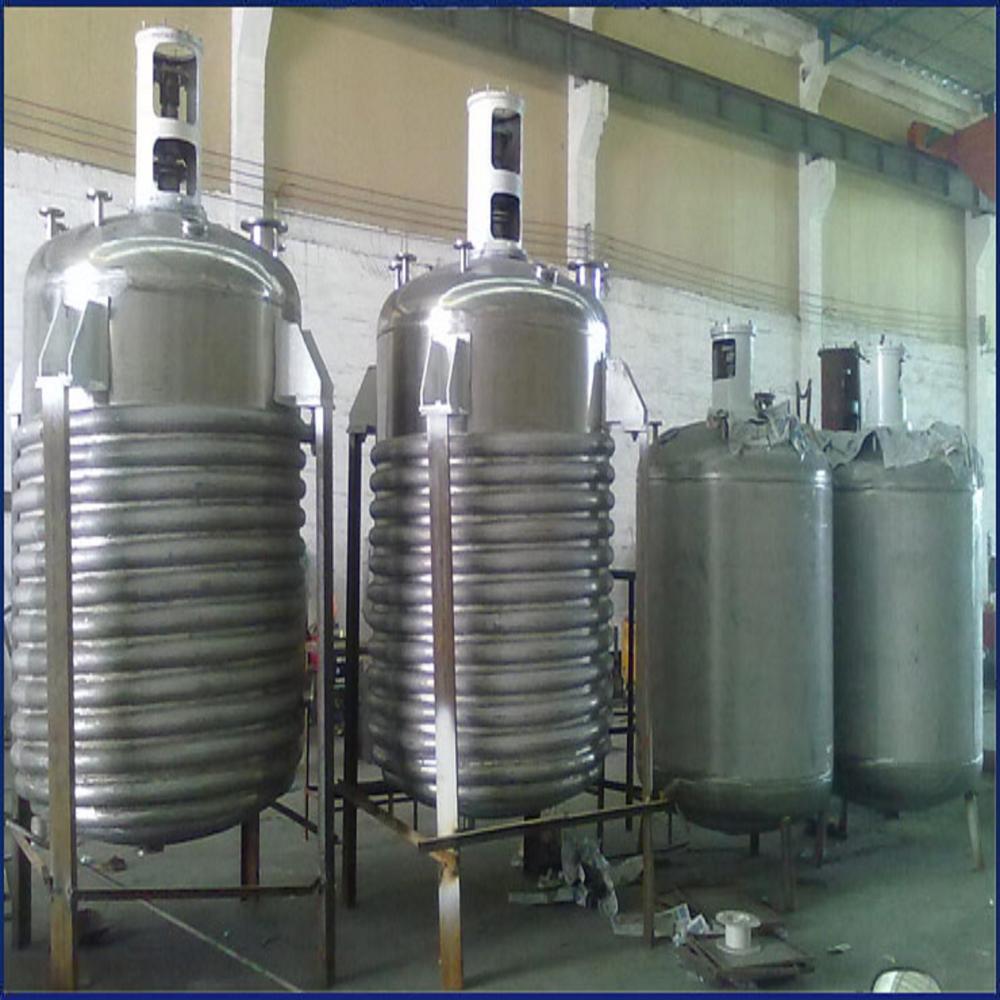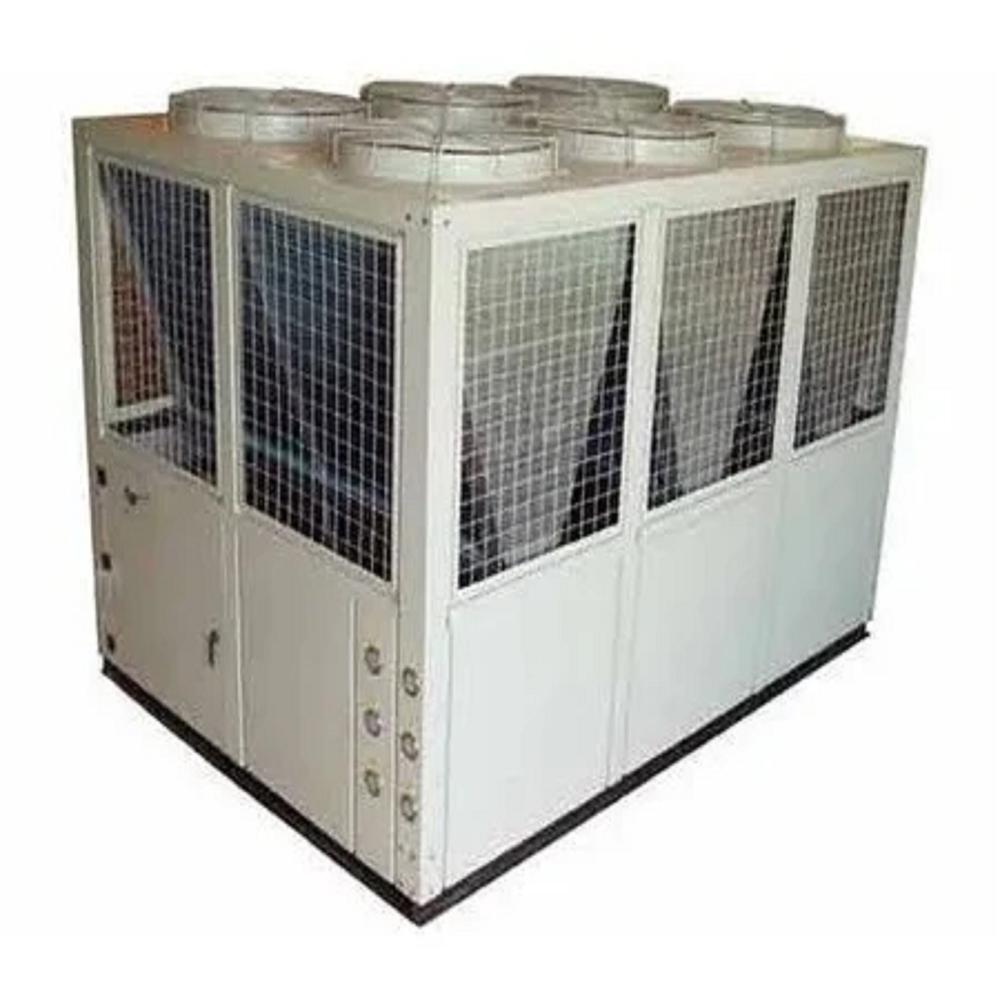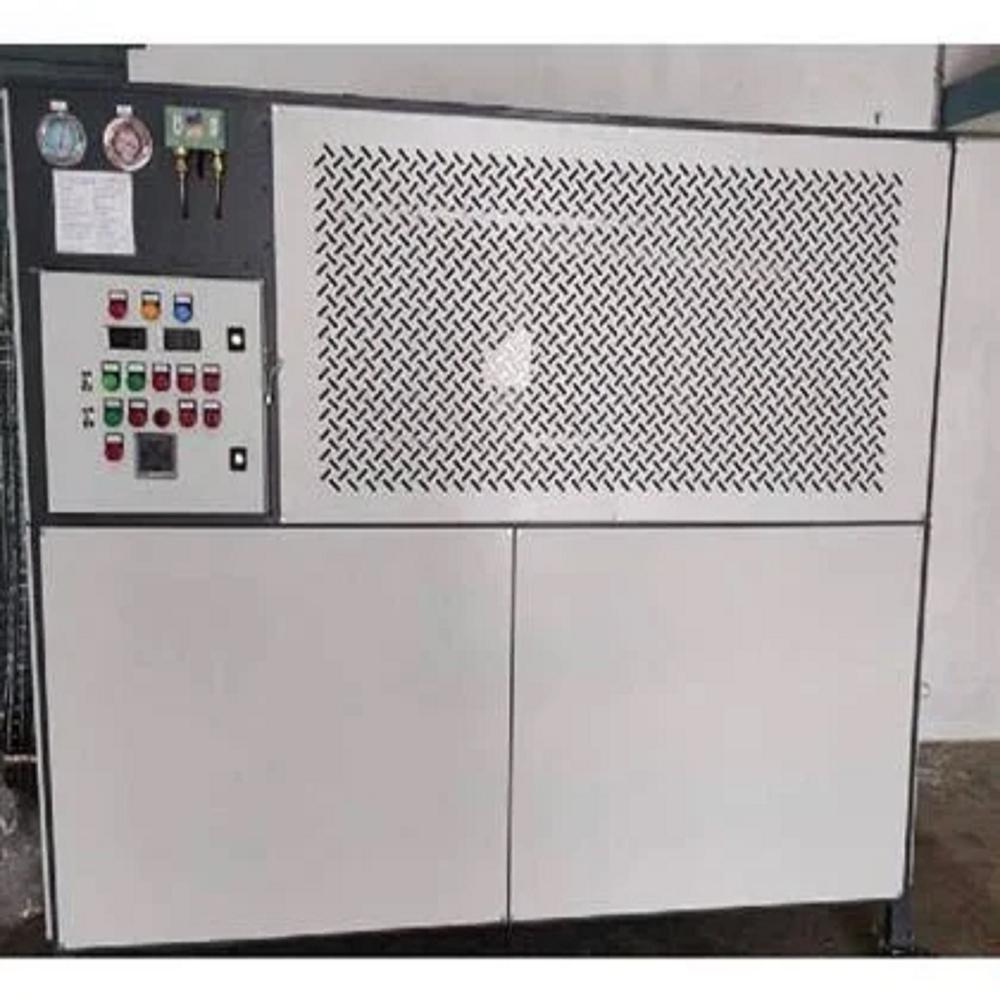Laser cutting / Welding Chillers
170000.0 INR/Number
தயாரிப்பு விவரங்கள்:
- பயன்பாடு industrial
- கலர் WHITE AND GREY
- விண்ணப்பம் COMMERCIAL
- பொருள்
- உயரம் மீட்டர் (மீ)
- எடை கிலோகிராம் (கிலோ)
- உத்தரவாதத்தை YES
- மேலும் பார்க்க கிளிக் செய்யவும்
X
விலை மற்றும் அளவு
- 1
தயாரிப்பு விவரக்குறிப்புகள்
- WHITE AND GREY
- YES
- industrial
- கிலோகிராம் (கிலோ)
- மீட்டர் (மீ)
- COMMERCIAL
வர்த்தகத் தகவல்கள்
- மாதத்திற்கு
- வாரம்
தயாரிப்பு விளக்கம்
Laser cutting and welding chillers, or water chillers, areessential for maintaining optimal performance and extending the lifespan of laser systems by efficiently removing heat and preventing overheating.
Here's a more detailed explanation:
- Why Chillers are Necessary:
Laser cutting and welding processes generate significant heat, which can damage critical components if not managed effectively.
- How Chillers Work:
Laser chillers are recirculating systems that cool the laser tube or other components by circulating a coolant (typically water) through a closed loop.
- Benefits of Using Chillers:
- Prevent Overheating:Chillers prevent critical components from overheating, which can lead to damage or reduced performance.
- Improved Lifespan:By maintaining optimal operating temperatures, chillers help extend the lifespan of the laser system.
- Consistent Performance:Stable operating temperatures ensure consistent laser output power and improve the quality of laser cutting and welding.
- Enhanced Precision:Consistent temperature control is crucial for maintaining the focus and precision of the laser beam, leading to higher-quality results.
- Types of Chillers:
- Industrial Chillers:These are designed for high-power laser systems and offer robust cooling capabilities.
- All-in-One Chillers:These combine the chiller unit with the laser system in a single package, simplifying installation and maintenance.
- Rack Mount Chillers:These are designed to be mounted in a rack and are suitable for applications where space is limited.
- Examples of Laser Chiller Models:
- TEYU CWFL-1000 for 500W-1kW fiber laser cutting and welding machines.
- TEYU CWFL-6000KNP for 6kW fiber laser cutting and welding machines.
- TEYU CWFL-1500ANW16 for handheld fiber laser welders.
- TEYU CW-6200BN for CO2/CNC/YAG equipment.
- Key Features to Look For:
- Cooling Capacity:Ensure the chiller has sufficient cooling capacity for the specific laser system.
- Temperature Control Accuracy:Precise temperature control is essential for maintaining consistent performance.
- Alarm Protection:Built-in alarms can alert users to potential problems, such as overheating or low coolant levels.
- Connectivity:Some chillers offer RS-485 connectivity for remote monitoring and control.
- Certifications:Look for certifications like CE, REACH, and RoHS to ensure quality and safety.
Tell us about your requirement

Price: Â
Quantity
Select Unit
- 50
- 100
- 200
- 250
- 500
- 1000+
Additional detail
கைபேசி number
Email








